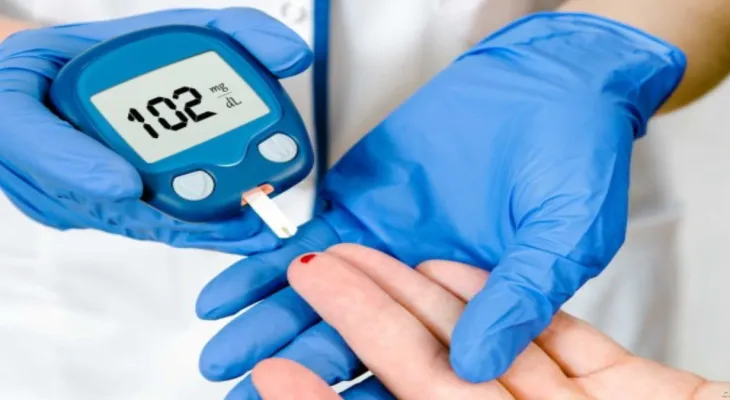Search here
Newspaper
Search here

Arab Canada News
News

Published: November 2, 2024
Insulin is a vital hormone that plays a central role in regulating blood sugar levels, ensuring that glucose enters the body's cells to be used as energy.
But what happens when the body's cells become resistant to insulin? This phenomenon, which has become common in society, can lead to increased blood glucose levels and open the door to the development of prediabetes.
In this report, we will review how insulin works, the reasons for its resistance, and the groups most at risk of experiencing related issues.
Insulin is a hormone secreted by the pancreas that helps glucose in the blood enter muscle, fat, and liver cells, where it is used for energy.
The liver also produces glucose when the body needs it, such as during fasting periods. After eating, blood glucose levels rise, and the pancreas responds by releasing insulin to control these levels.
However, when cells in the muscles, fat, and liver are resistant to insulin, they cannot respond effectively to this hormone, making the absorption of glucose from the blood difficult. Therefore, the pancreas is forced to produce more insulin to keep blood glucose levels within the normal range.
If the pancreas functions adequately, blood glucose levels remain normal.
Prediabetes typically develops in individuals who are insulin resistant or in those whose pancreatic beta cells do not produce enough insulin.
Being diagnosed with prediabetes means that blood glucose levels are elevated, but not high enough to diagnose diabetes.
Who is most at risk of developing insulin resistance?
Individuals with genetic or lifestyle-related risk factors face a higher risk of insulin resistance and prediabetes. These factors include:
• Overweight or obesity.
• Adults over the age of 45.
• A family history of diabetes.
• Physical inactivity.
• Health issues such as high blood pressure and abnormal cholesterol.
• A history of gestational diabetes in women.
• A history of heart disease.
• Polycystic ovary syndrome.
Furthermore, individuals with metabolic syndrome, which is a combination of high blood pressure, abnormal cholesterol, and increased waist circumference, are more likely to develop prediabetes.
In addition to the factors mentioned, some medications, such as glucocorticoids, antipsychotics, and certain drugs used to treat HIV, as well as hormonal disorders like Cushing's syndrome and sleep problems such as sleep apnea, contribute to increased insulin resistance.
Understanding insulin resistance and prediabetes can be an important step towards promoting health awareness and adopting a healthy lifestyle.
Comments